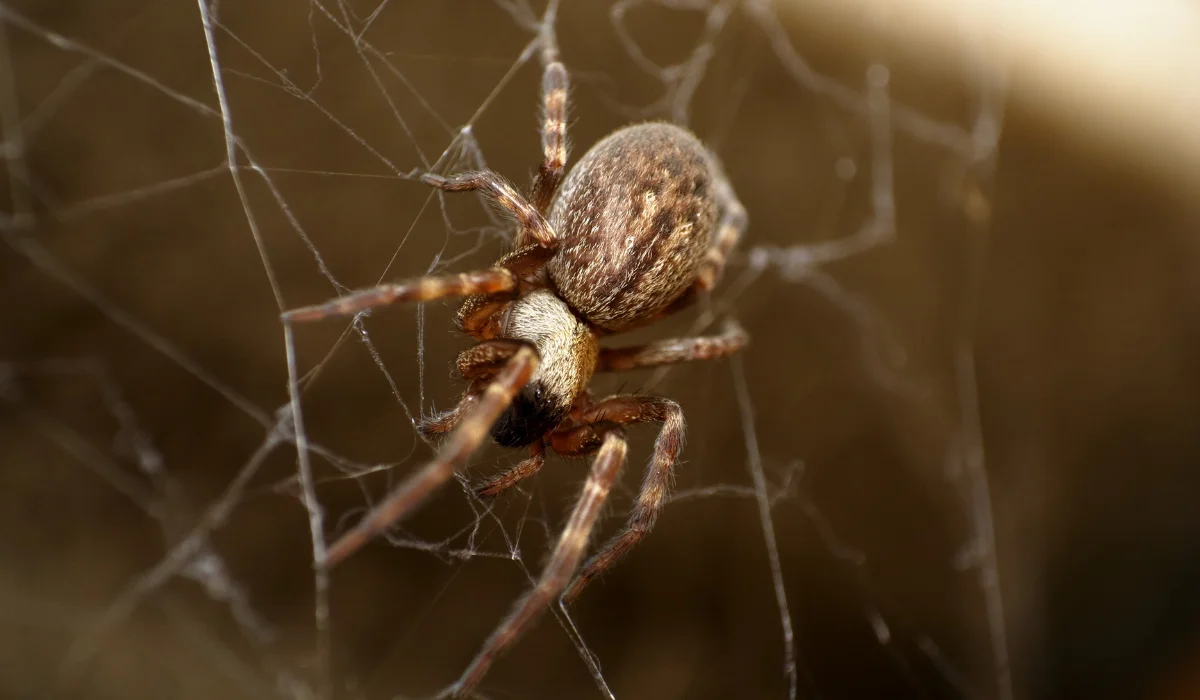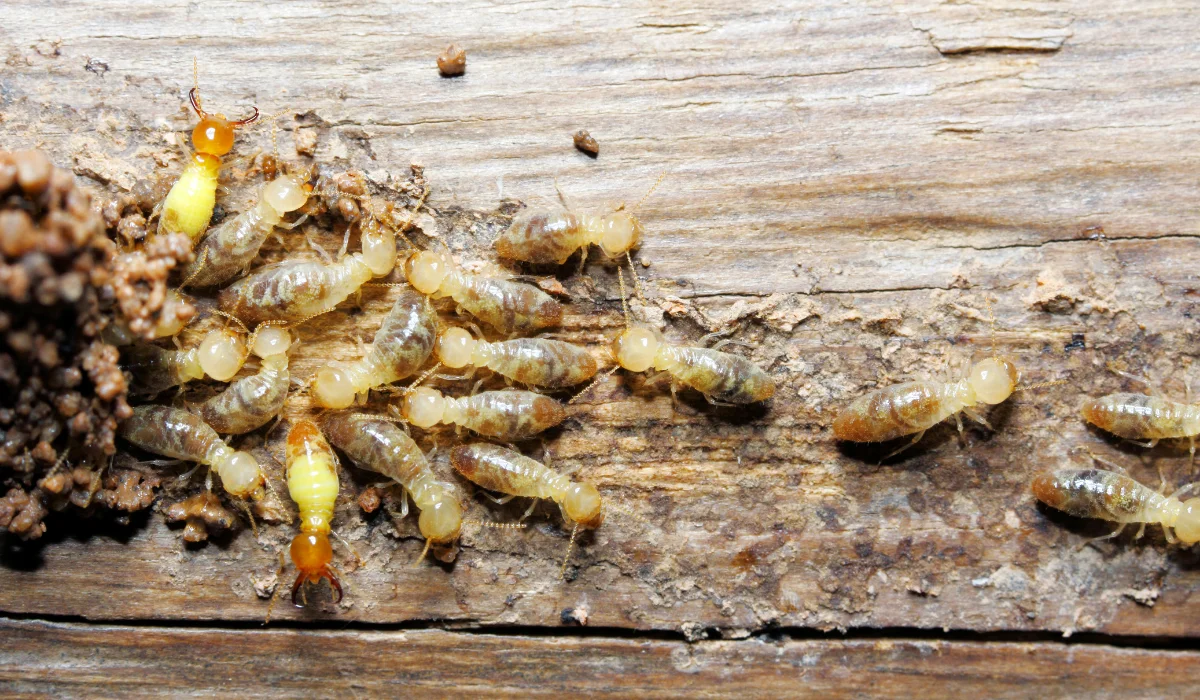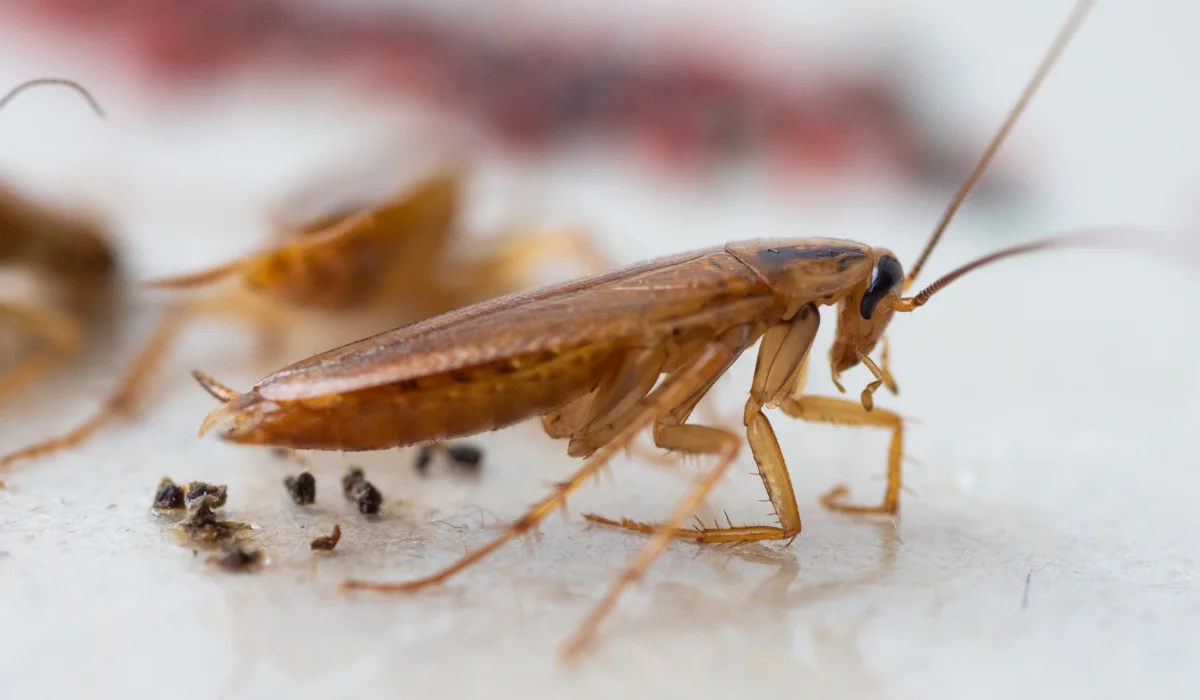Here in Southern Louisiana, spotting a spider isn’t exactly rare, whether it’s a common house spider dangling in the hallway or a wolf spider skittering across your garage. Most folks ask us the same thing: how long do spiders live?
The answer depends. Spiders are technically arachnids, and they have fascinating life cycles. Some only last a few months, while others can live for decades.
Understanding the spider life cycle is a big part of understanding when you’ve got a harmless visitor… or a bigger problem.
Key Takeaways
• Spiders start as eggs and grow through stages that can last anywhere from weeks to more than twenty years.
• The type of spider and how much food it finds will affect how long it ends up living.
• Each stage of a spider’s life needs a different approach to stop them from moving into your home.
• A spider hanging out in your attic or closet might mean it’s time to bring in some help.
The Spider Life Cycle: Stage by Stage
To help you get a clearer picture of how spiders grow and develop, here’s a quick breakdown of each stage in their life cycle and how long it typically lasts:
| Stages | Length of the Stage |
|---|---|
| Egg Sacs | 1 to 4 weeks |
| Spiderlings | 2 to 8 weeks |
| Juveniles | Several months to over a year |
| Adult Spiders | A few months to 20+ years |
Spiders don’t grow up overnight. Each stage takes time, and each one looks a little different. Here’s what that looks like:
Egg Sacs
Every spider starts in an egg sac. These sacs can be hidden in attics, under porch furniture, or inside basements, wherever it’s dark and still.
A single sac might contain hundreds of eggs. After mating, female spiders lay eggs and often guard or hide them until they hatch.
Spiderlings
When spiderlings emerge, they don’t usually stick around.
Many take off through a behavior called ballooning, where they release silk strands that carry them off in the wind. During that time, they’re vulnerable to predators like centipedes, earwigs, and even other spiders.
Juveniles
As spiderlings grow, they molt several times before reaching adulthood.
During this phase, they develop the adaptations that help them survive, like better eyesight for jumping spiders or silk-spinning strength for funnel-web spiders.
Adult Spiders
Adult spiders focus on two things: hunting and reproducing.
Most male spiders don’t live much longer after they’ve mated, but female spiders can continue to live for years, especially species like tarantulas or trapdoor spiders that make a burrow and rarely leave it.
In some cases, females lay multiple egg sacs over their lifetime.
What Affects a Spider’s Lifespan?
A spider’s lifespan isn’t just about what kind it is. It also depends on where it lives and what it eats. Here’s what shapes how long they stick around:
Types of Spiders
There’s no one-size-fits-all answer to “how long do spiders live” because different species of spiders have wildly different lifespans. A cellar spider might live less than a year, while Australian tarantulas can live for 25 years.
That’s a long time to be lurking around your shed.
Environmental Conditions
Down here, heat and humidity affect more than just your comfort. They affect how long spiders survive. A climate like ours can extend the lifespan of certain species, especially if food is plentiful and predators are few.
Food Supply
Spiders feed on all kinds of pests, gnats, ants, and even other spiders.
If there’s an abundant food source, they’ll stick around. A home with frequent infestations of flying insects or crawling bugs can become a buffet.
Spider Control Strategies by Life Stage
Spiders are easier to deal with when you catch them early. Here’s how to handle them at each stage before they take over your space:
Control Egg Sacs
If you find egg sacs, it’s best to remove them before they hatch. Carefully vacuum them up or use a sealed bag. Be cautious. Some guard their eggs, and no one wants a surprise encounter with a protective black widow.
Manage Spiderlings
Once hatched, spiderlings can scatter fast.
A combination of vacuuming, dewebbing, and sealing cracks around windows and baseboards can help limit their movement and survival.
Address Juveniles
Juveniles start to make visible spider webs, especially in corners and near light sources. Regular pest control services can help disrupt this stage and reduce indoor populations before they reach adulthood.
Remove Adult Spiders
Adult spiders are tougher.
Some, like wolf spiders, don’t build webs; they hunt. Others, like funnel-web or cellar spiders, nest in hidden spots.
If you’re seeing adults frequently, especially dangerous types of spiders like brown recluse, it may be time to call a professional.
Think You’ve Got a Spider Problem? Let’s Take a Look.
Even if you’re not afraid of spiders, most folks would agree they’re better off outside. That’s especially true if they’re setting up shop in your basements, attics, or closets.
At LaJaunie’s Pest Control, we know the difference between a spider that’s just passing through and one that’s settling in.
Want to keep your home clear of eight-legged visitors?
 By: LaJaunie's Pest Control
By: LaJaunie's Pest Control 


